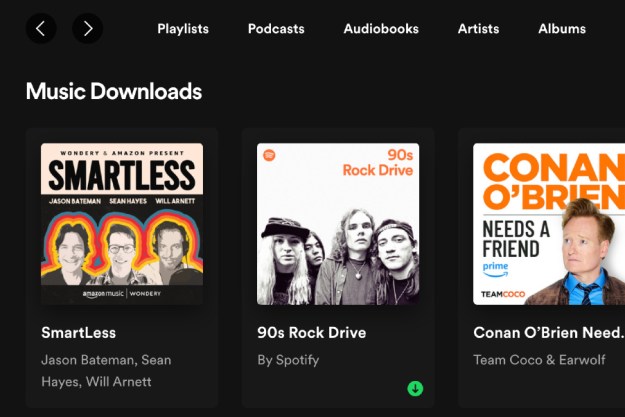
You’ve probably heard about the current hi-res audio movement that’s been picking up steam. Mirroring the evolution taking place in television technology (from HD to Ultra HD), strong voices in the music industry, from Neil Young to Sony, are increasingly trying to replace lossy MP3 collections with high-resolution files and playback hardware. But, as anyone who’s looked online can attest, just what exactly constitutes an HD music file seems up to interpretation. In order to resolve the confusion and get the industry rallied around a unified goal, the music and consumer electronics industries have recently come together to create a standardized hi-res file definition and classification system.
According to a report by Twice magazine, high resolution audio’s new standard definition is, “lossless audio that is capable of reproducing the full range of sound from recordings that have been mastered from better than CD-quality music sources.” Better than CD means that the audio must chart above the standard 44.1kHz sampling rate, and 16-bit resolution, or the equivalent quality for files that don’t comply with those measurements, such as DSD/DSF files.
Perhaps most illuminating, the collaboration between industries has spawned four major ‘voluntary’ file types, described as Master Recording Qualities, which would allow file types to easily be identified with a three letter rating. The new file types are outlined as follows:
- MQ-P: From a PCM master source that is 48kHz/20 bit or higher (typically 96/24 or 192/24 content).
- MQ-A: From an analog master source.
- MQ-C: From a CD master source (44.1 kHz/16 bit content) in which legacy CD masters are employed as source material and upsampled to high resolution.
- MQ-D: From a DSD/DSF master source (typically 2.8 or 5.6 MHz content).
Major players involved in the new definitions include the big three music labels (Sony, Universal, and Warner) as well as the Consumer Electronics Association, the Recording Academy’s Producers and Engineers Wing, and the Digital Entertainment Group.
For those who have scoured through the minutia of disorganized websites, and combed through the rantings of soapbox pontificators about what is or is not a high resolution audio file, the new classification system is a very welcome sight. With the new system in place, whatever your hi-res audio preference is would be easily identified. Want analog sources only? Look for the MQ-A. Scoff at upscaled files from CD sources? Stay away from MQ-Cs.
Of course, the voluntary aspect of the new system leaves the now scattered collection of HD music downloading sites free to remain so. But the hope is, as the big boys like Sony adopt the new categorization scale, other entities will follow suit in order to remain relevant. Perhaps just as important to those looking forward to the mass adoption of hi-res audio as a whole, the industry collaboration shows confidence from some of the biggest names in the field that the train is picking up steam.
Still, if you’re among the growing number of people looking forward to an age in which music commonly sounds as rich and detailed as the artist originally intended, the next step is up to you. The new ID system is far from up and running, but until it rolls out, there are still plenty of places to find hi-res music that meets the qualifications. We’ve put together a one-stop shop of all the best HD audio sites online, just for you. Enjoy!
Editors' Recommendations
- What is hi-res audio, and how can you experience it right now?
- The best hi-res audio and music download sites
- V-Moda’s M-200 studio headphones promise reference-quality audio for $350


